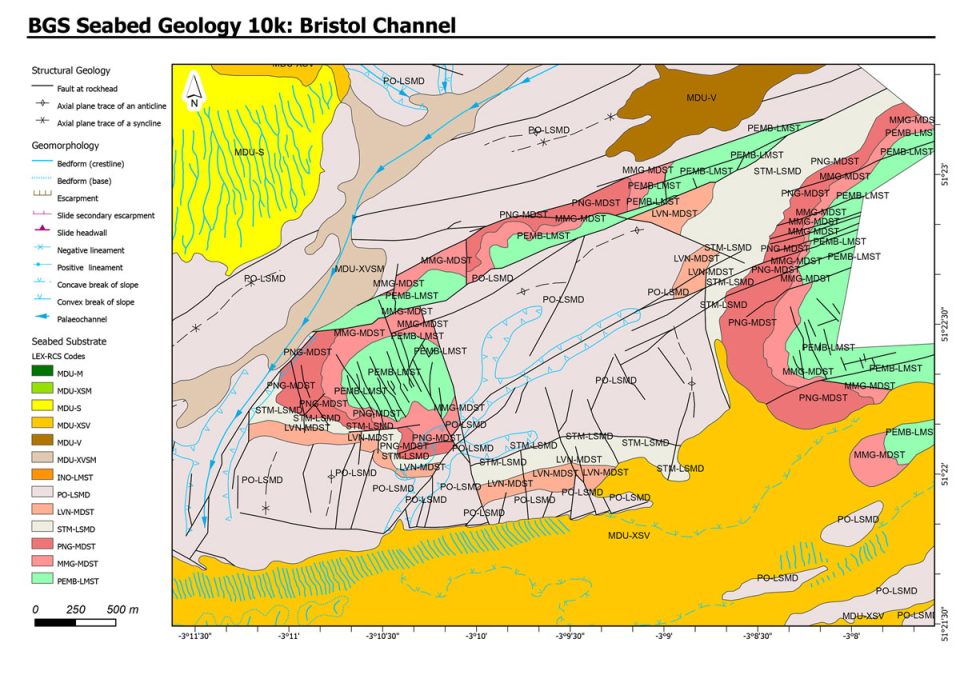New seabed maps offer a window into the distant past
BGS has begun publishing a new series of high-resolution offshore geological maps showing the distribution of bedrock and sediments that make up the seabed around our coasts.
10/10/2022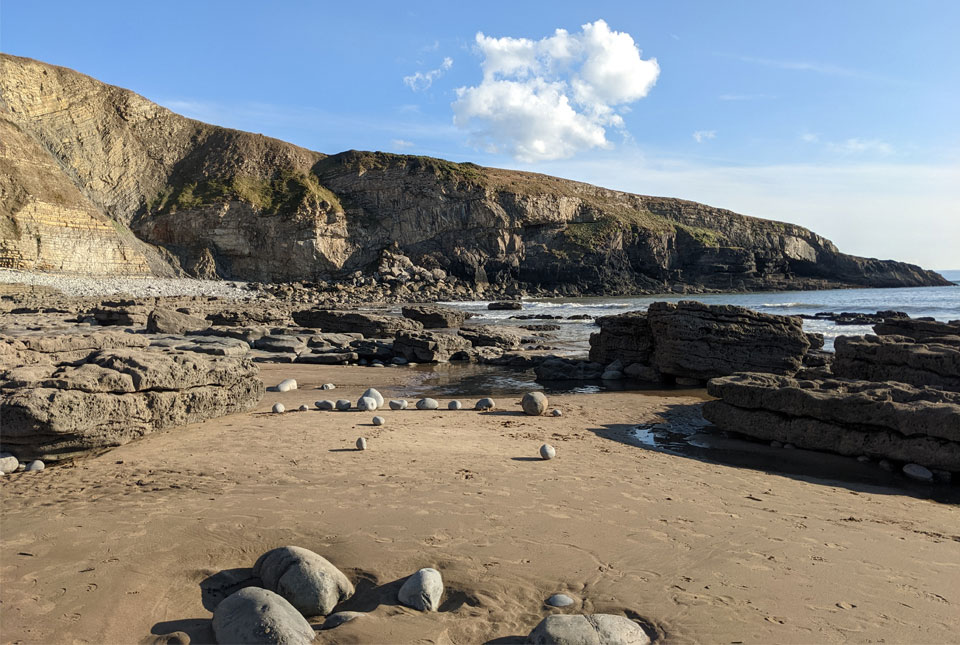
BGS has begun publishing a new series of high-resolution offshore geological maps showing the distribution of bedrock and sediments that make up the seabed around our coasts. Maps of the Bristol Channel and Anglesey were the first to be published, with further regions such as Yorkshire and East Anglia to follow as our mapping programme progresses.
This article takes a closer look at the seabed featured in the the first map of the series, which stretches along the central part of the Bristol Channel, from south of Swansea Bay in the west to Newport in the east.
The Bristol Channel
The Bristol Channel is a large estuary and river system that extends from the Celtic Sea eastwards to the limit of tidal influence along the River Severn at Gloucester. The channel separates South Wales from Devon and Somerset and has the second-largest tidal range in the world at Avonmouth, with a 12.3 m mean spring range (SouthWalesPorts.co.uk).
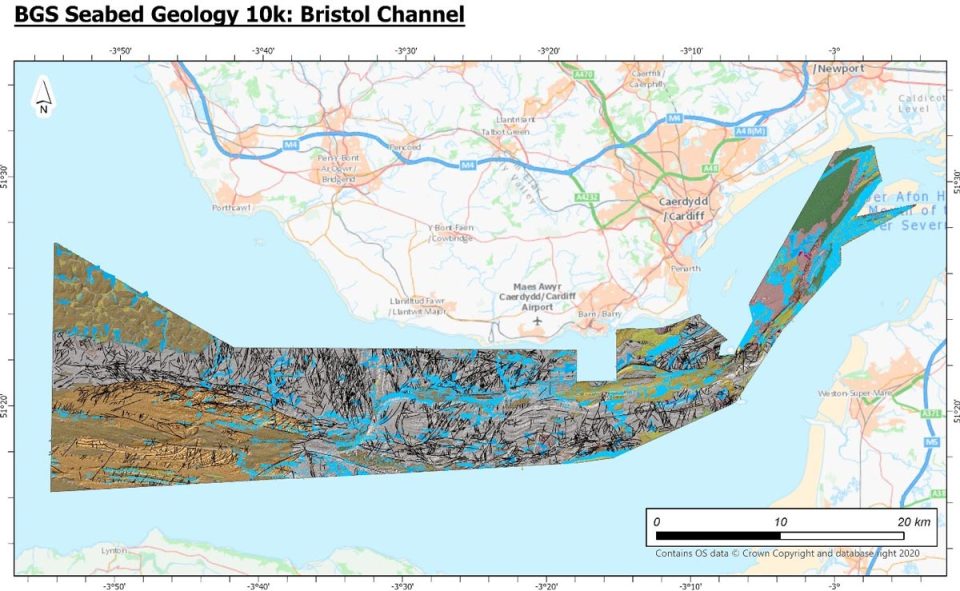
Figure 1: Extent of the Bristol Channel. Contains OS data © Crown Copyright and database right 2020.
The derived bathymetric layer was produced from Maritime and Coastguard Agency (MCA) data © Crown Copyright. Not to be used for navigational purposes.
Bedrock geology
The seabed of the Bristol Channel is partially covered by soft sediments (superficial deposits) but much of the area is free of sediment cover, allowing for the detailed mapping and interpretation of bedrock units and features. The bedrock geology recognisable in the bathymetric data will be familiar to anyone who knows the coastline of south-east Wales, which is characterised by low, Carboniferous limestone cliffs surrounded by younger, Triassic- and Jurassic-aged rocks.
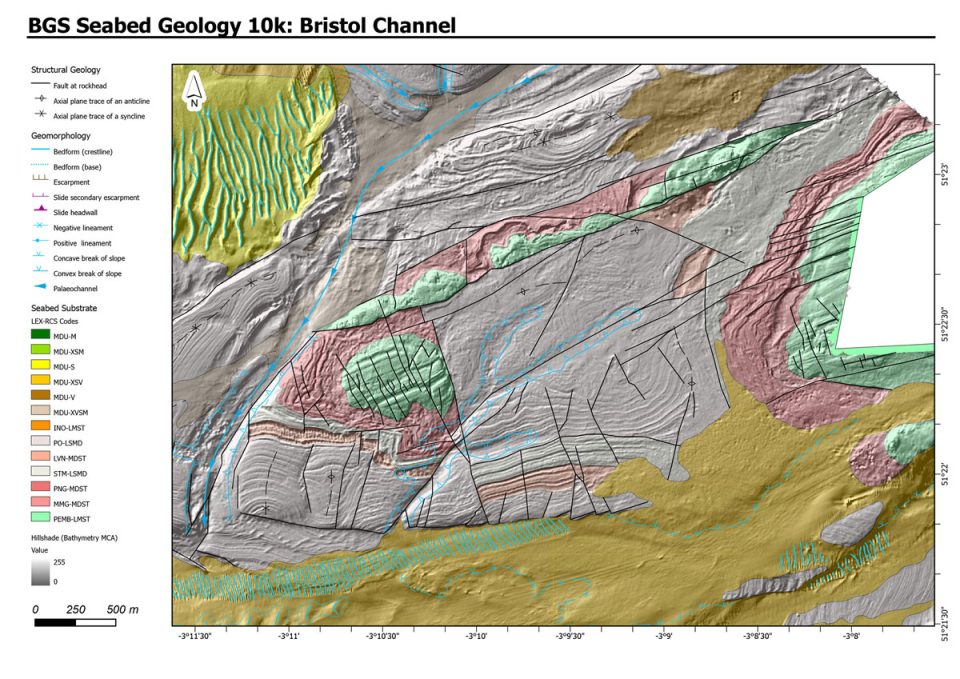
Figure 2a. Inliers of fractured Carboniferous limestone and surrounded and overlain by Mesozoic rocks – shows interpreted geology displayed on the bathymetric data.
The derived bathymetric layer was produced from Maritime and Coastguard Agency (MCA) data © Crown copyright. Not to be used for navigational purposes
The bedrock geology presented on the new maps shows a pattern of small outcrops of highly fractured Carboniferous rocks of the Pembroke Limestone Group, which would have formed a landscape of hills and valleys following uplift and erosion caused by the Variscan Orogeny.
A window into the distant past
During the Triassic, this part of Wales was hot and arid with wadis, flash flooding and scree slopes (Mercia Mudstone Marginal Facies) surrounding the hills and cliffs. The low ground in between featured lakes that deposited mudstones and periodically evaporated to leave salt flats (the ‘red beds’ of the Mercia Mudstone Group). These deposits sit unconformably on the Lower Palaeozoic landscape.
During the late Triassic and Lower Jurassic, a marine transgression, or rise in sea level, flooded the landscape. A series of deposits recording this event can be seen in the cliffs of the Vale of Glamorgan and traced off shore (Penarth Group). By the Jurassic, this part of Wales had become marine and units of the Lias Group were deposited, including the, which is divided into the St Marys Well Bay, Lavernock Shales and Porthkerry members. The youngest bedrock unit identified is the Inferior Oolite Group, which records deposition in a shallow, sea-shelf environment.
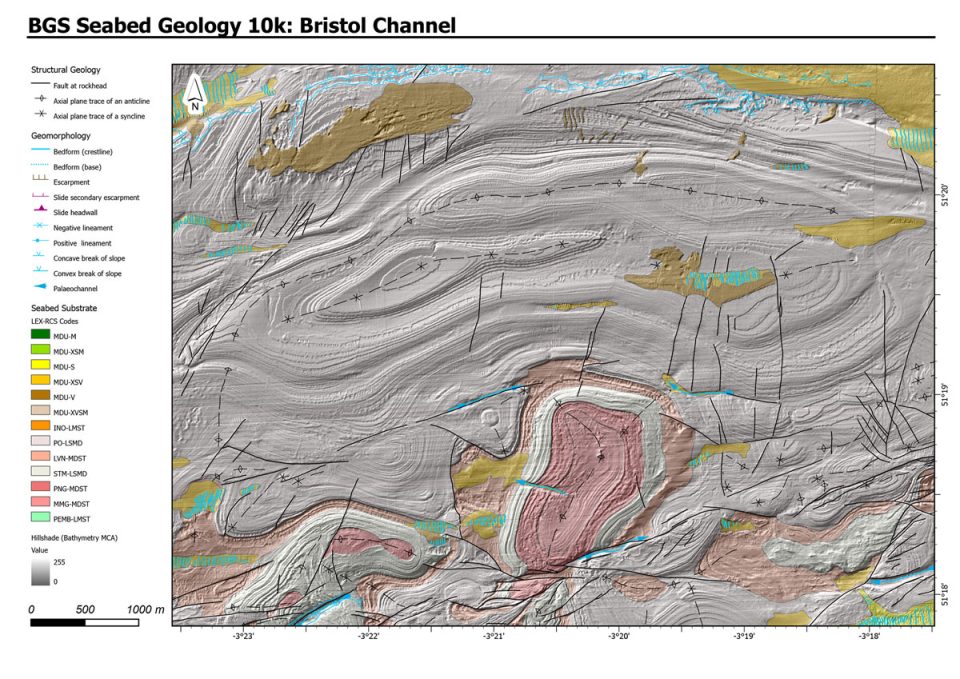
Figure 3. Cycles of limestone and calcareous mudstone of the Porthkerry member showing striking resemblance to the cliffs at Dunraven Bay. Geological interpretation is displayed on the bathymetric data.
The derived bathymetric layer was produced from Maritime and Coastguard Agency (MCA) data © Crown copyright. Not to be used for navigational purposes.
All of these rocks were subsequently deformed, most likely by the Alpine Orogeny. This was a period of mountain building in central and southern Europe and west Asia. The orogeny resulted in a network of folds, fractures and faults that is especially apparent in the deformation and offsetting of the rocks in the well-bedded Porthkerry Member and Inferior Oolite Group.
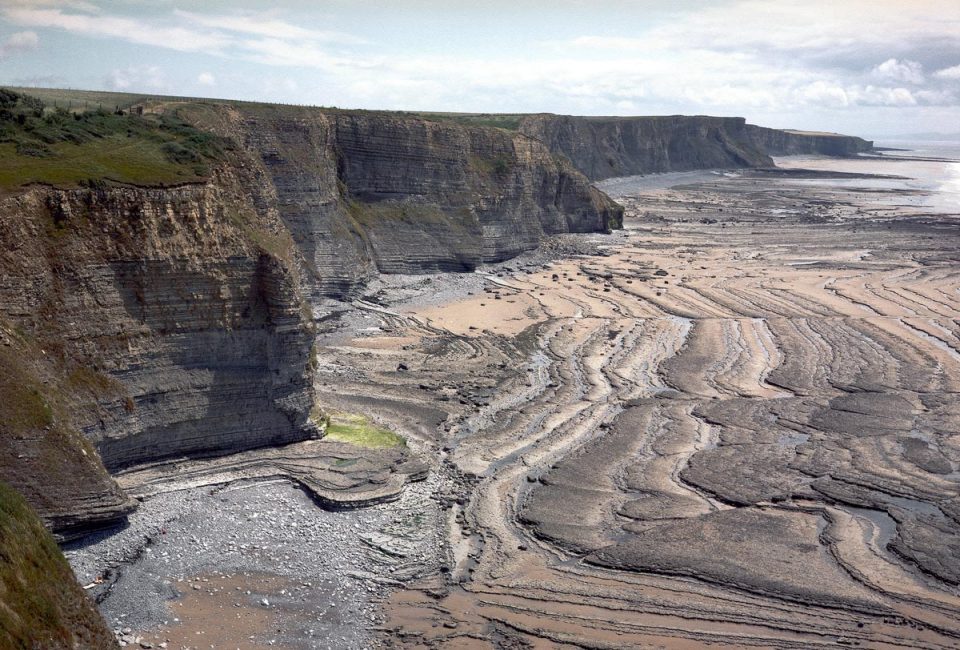
Figure 4. View from Dunraven Castle, south east across Dunraven Bay, north coast of Bristol Channel, Vale of Glamorgan. BGS © UKRI
Geological structure
The north-east to south-west orientation of the inner part of the Bristol Channel (which is included in the eastern part of our new dataset) and much of the Severn Estuary is influenced by the Severn Estuary fault zone. This is a dextral, strike-slip fault zone considered to have been active during the early Carboniferous. Comparable north-east to south-west trending faults have been recognised within the eastern part of the area covered by this dataset, where they dissect earlier-formed folds and offset the bedding within the Porthkerry Member.
However, within the central and outer parts of the Bristol Channel, the faults are dominated by:
- a set of west-north-west to east-south-east trending structures
- a locally complex network of north-north-west to south-south-east and north-north-east to south-south-west trending cross-faults
These structures have been digitised as ‘fault observed, displacement unknown’ due to the potential complexity and multiple phases of movement over time. There is also an absence of clear marker horizons or beds within, in particular, the Porthkerry Member.
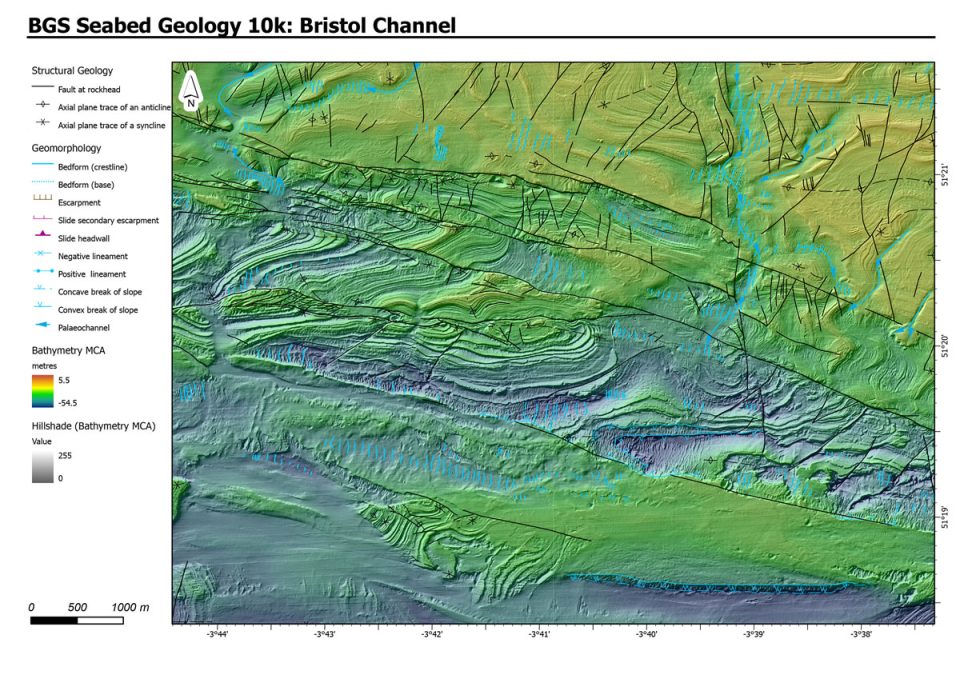
Figure 5. Example of fracture patterns mapped in the south-west area of the map. Fractures are displayed here overlaying the bathymetric data.
The derived bathymetric layer was produced from Maritime and Coastguard Agency (MCA) data © Crown copyright. Not to be used for navigational purposes
The east to west trending faults are interpreted as forming part of the central Bristol Channel fault zone, a major fault system that is believed to have developed in response to the extensional reactivation of an underlying Variscan thrust during the Mesozoic. North-west to south-east trending faults within the Bristol Channel, including the Sticklepath–Lustleigh and Watchet (also known as Cothelstone) faults, are interpreted as older Variscan structures that reactivated in response to tectonic events during the Mesozoic and Cenozoic.
Superficial deposits
The superficial sediments identified within the dataset comprise marine deposits that include:
- gravel
- sand
- mud
- sandy mud
- sand and gravel
- mud, sand and gravel
The deposits of sand and gravel within the central part of the dataset are related to areas of potentially mobile sediment within the Bristol Channel. A range of bedforms associated with recent or contemporary marine processes within a tidal-dominated environment has developed upon these superficial sediments.
Linear, ribbon-like areas of sand-and-gravel are located along a marked channel incised into the bedrock, which denotes the course of the palaeo-River Severn and its tributaries. Smaller areas of sand occur to the north and south of this palaeo-river channel, where they occur on relatively flat to very gently dipping areas of bedrock, in particular in the area underlain by the well-bedded limestone and mudstone sequence of the Porthkerry Member.
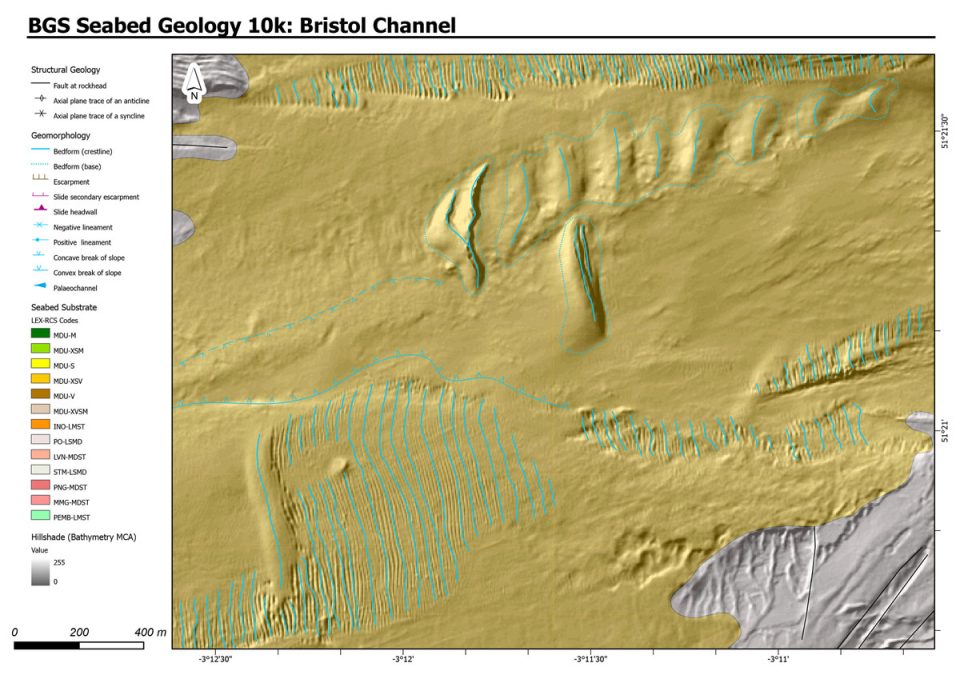
Figure 6a. Typical areas of superficial deposits captured in the new detailed geology – mobile sediments in the form of dunes and ripples.
The derived bathymetric layer was produced from Maritime and Coastguard Agency (MCA) data © Crown copyright. Not to be used for navigational purposes.
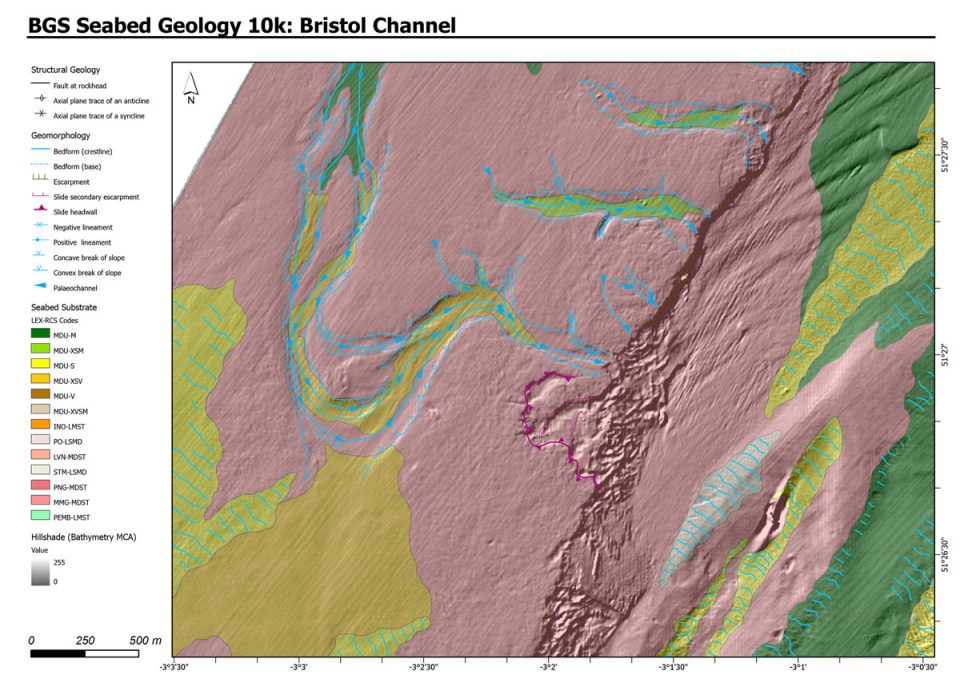
Figure 6b. Typical areas of superficial deposits captured in the new detailed geology – palaeo-channels cut into rocks of the Mercia Mudstone Group and infilled with modern sediments.
The derived bathymetric layer was produced from Maritime and Coastguard Agency (MCA) data © Crown copyright. Not to be used for navigational purposes.
In some areas, the sediment cover is relatively thin and the bedrock geology can be clearly seen or traced through these superficial deposits, or the superficial deposits are too thin to be clearly represented on a geological map designed to be viewed at the 1:10 000 scale. Consequently, only the more prominent, thicker superficial deposits have been captured (digitised) within the dataset, to provide the user with an indication of the main areas of potentially mobile sediment.
The superficial sediment cover at the eastern end of the mapped area is typically finer grained (mud and sand), reflecting its location within the inner part of the Bristol Channel.
An area of gravel and sand-and-gravel exposed at the north-western end of the dataset may represent a submerged, shallow, coastal sequence, with the sands and gravels infilling an irregular network of tidal channels. The coarse-grained nature of these deposits may, at least in part, result from the subsequent removal (winnowing) of fines (mud) by tidal currents within the high-energy environment of the central Bristol Channel.
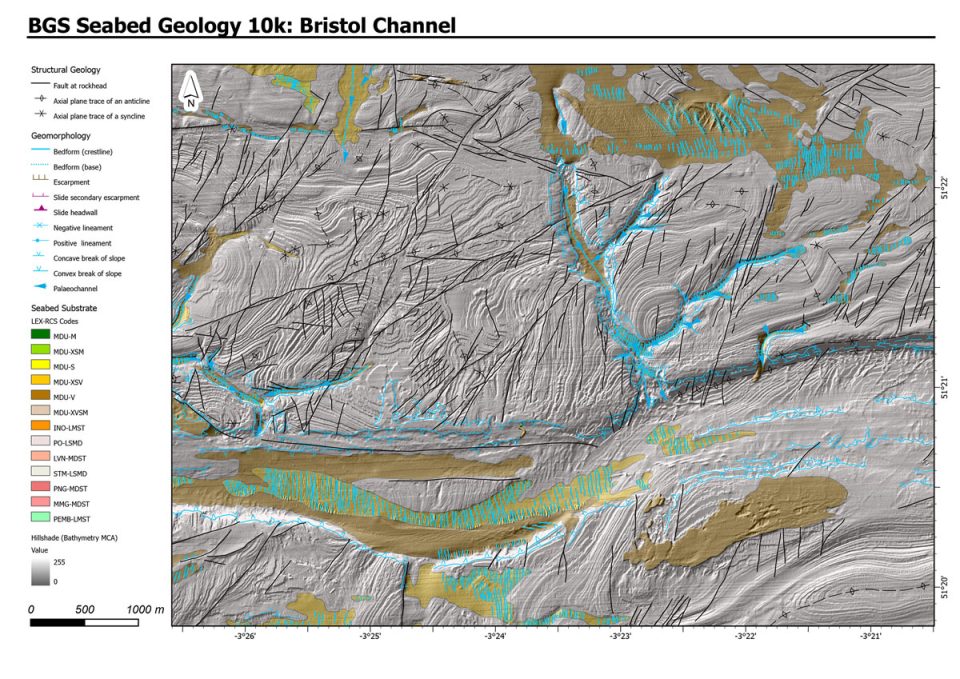
Figure 7. Extract from the central part of the map illustrating a range of linear features. These include fractures, faults and folds in the bedrock and crests of dunes and ripples, terrace margins and palaeo-channels.
The derived bathymetric layer was produced from Maritime and Coastguard Agency (MCA) data © Crown copyright. Not to be used for navigational purposes
The modern channel
The present-day geomorphology of the seabed across the Bristol Channel is influenced by events that occurred throughout the Quaternary. Evidence of fluvial processes is found in the form of the palaeo-River Severn channel and its tributaries. These palaeo-channels are incised into the bedrock in the central and inner parts of the Bristol Channel, with their margins denoted by marked breaks in slope (both convex and concave).
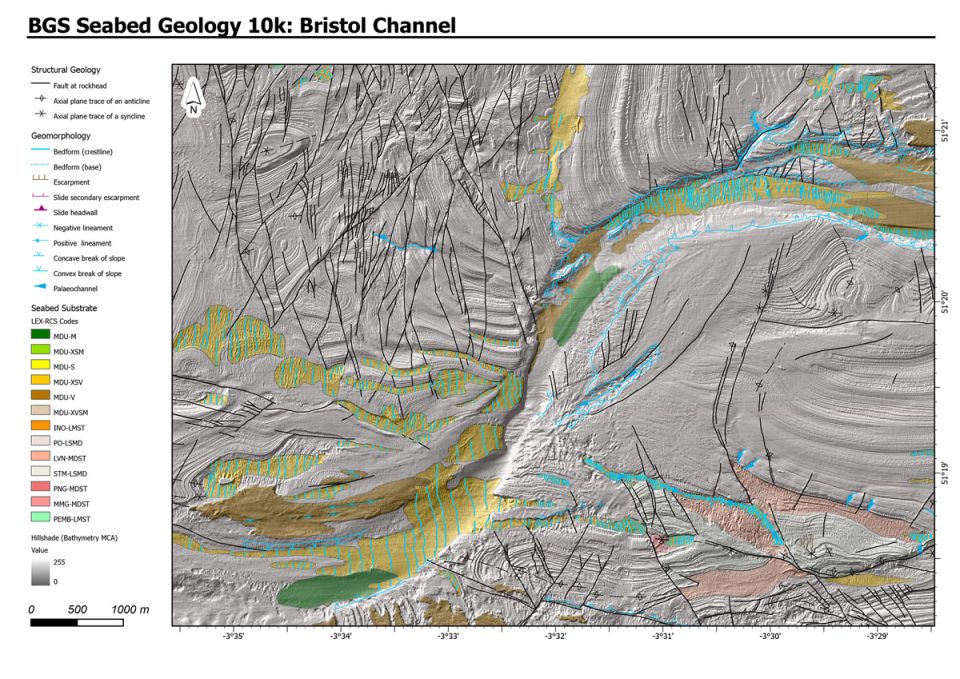
Figure 8a. The Palaeo-River Severn cut down into bedrock in the central part of the map with geological interpretation of features superimposed – including the bathymetric data.
The derived bathymetric layer was produced from Maritime and Coastguard Agency (MCA) data © Crown copyright. Not to be used for navigational purposes
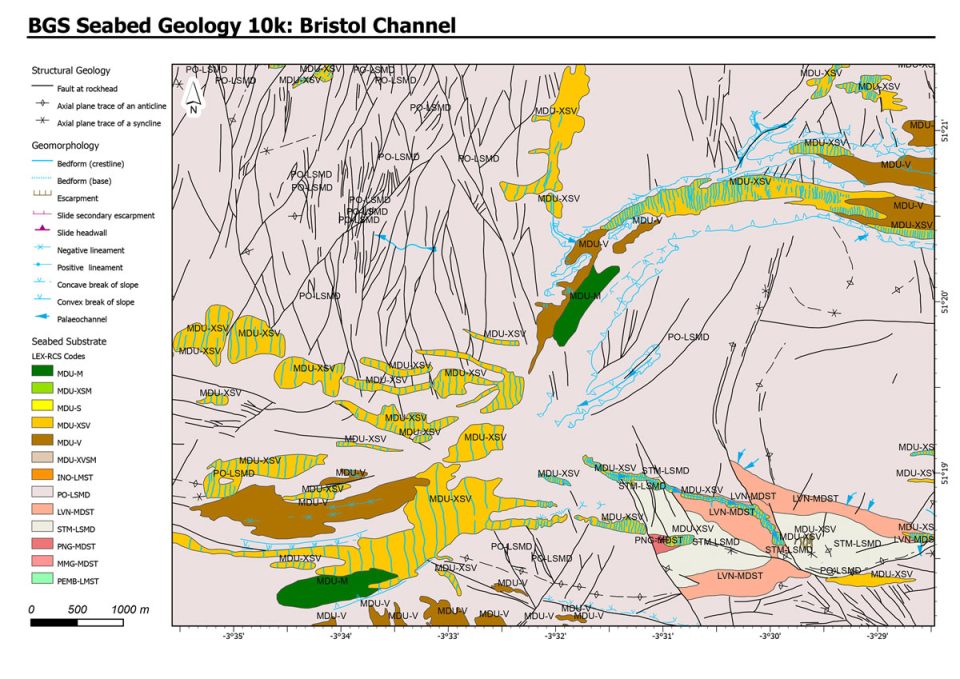
Figure 8b. The Palaeo-River Severn cut down into bedrock in the central part of the map with geological interpretation of features superimposed – without the bathymetric data.
The derived bathymetric layer was produced from Maritime and Coastguard Agency (MCA) data © Crown copyright. Not to be used for navigational purposes
The floors of the larger channels are locally covered by sand and/or gravel, with well-developed bedforms on the surface of these superficial deposits. The predominantly north-to-south trend of the crestlines of the sand waves is consistent with the superficial deposits being variably reworked by tidal currents flowing parallel to the central axis of the Bristol Channel.
Breaks of slope within the largest channel marking the main course of the palaeo-River Severn are considered to mark the variably degraded edges of former river terraces. Elsewhere, the surface of the superficial sediments and bedrock is relatively smooth or incised by long, linear, positive and negative features formed as a result of scouring of the seabed by strong bottom currents.
Accessing the data
These maps are available from BGS under the fine-scale maps section of the Offshore GeoIndex and are designed to be viewed at 1:10 000 scale.
Downloadable data is also available via a commercial data licence, but fee-free for academic research, use by registered charities, or in connection with emergency or civil contingency incidents.
For details please contact iprdigital@bgs.ac.uk.

Rhian Kendall
BGS Chief Geologist, Wales
Relative topics
Related news
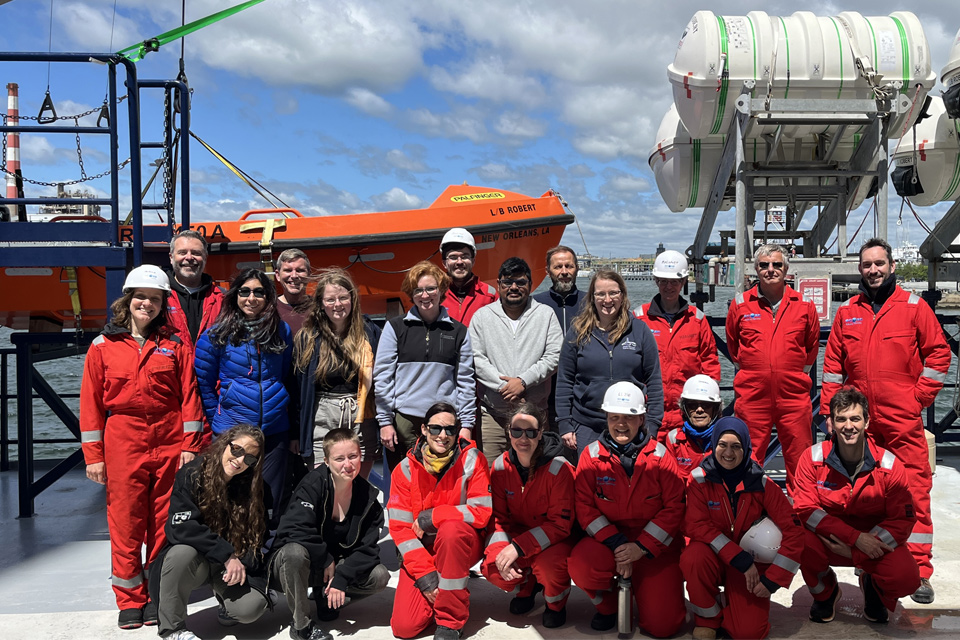
BGS scientists join international expedition off the coast of New England
20/05/2025
Latest IODP research project investigates freshened water under the ocean floor.
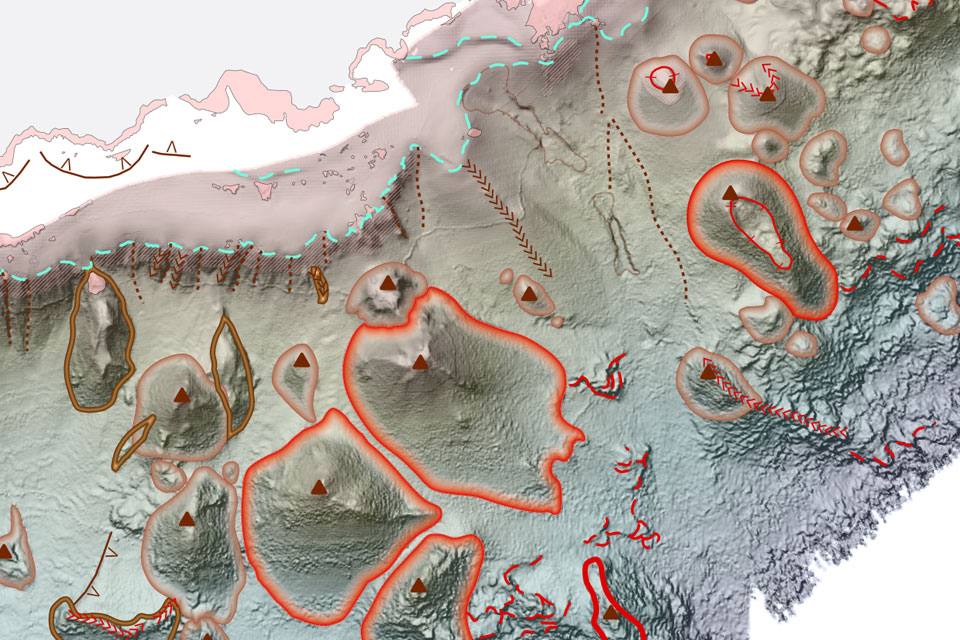
New seabed geology maps to enable long term conservation around Ascension Island
01/04/2025
BGS deliver the first marine geology and habitat maps for one of the world’s largest marine protected areas.
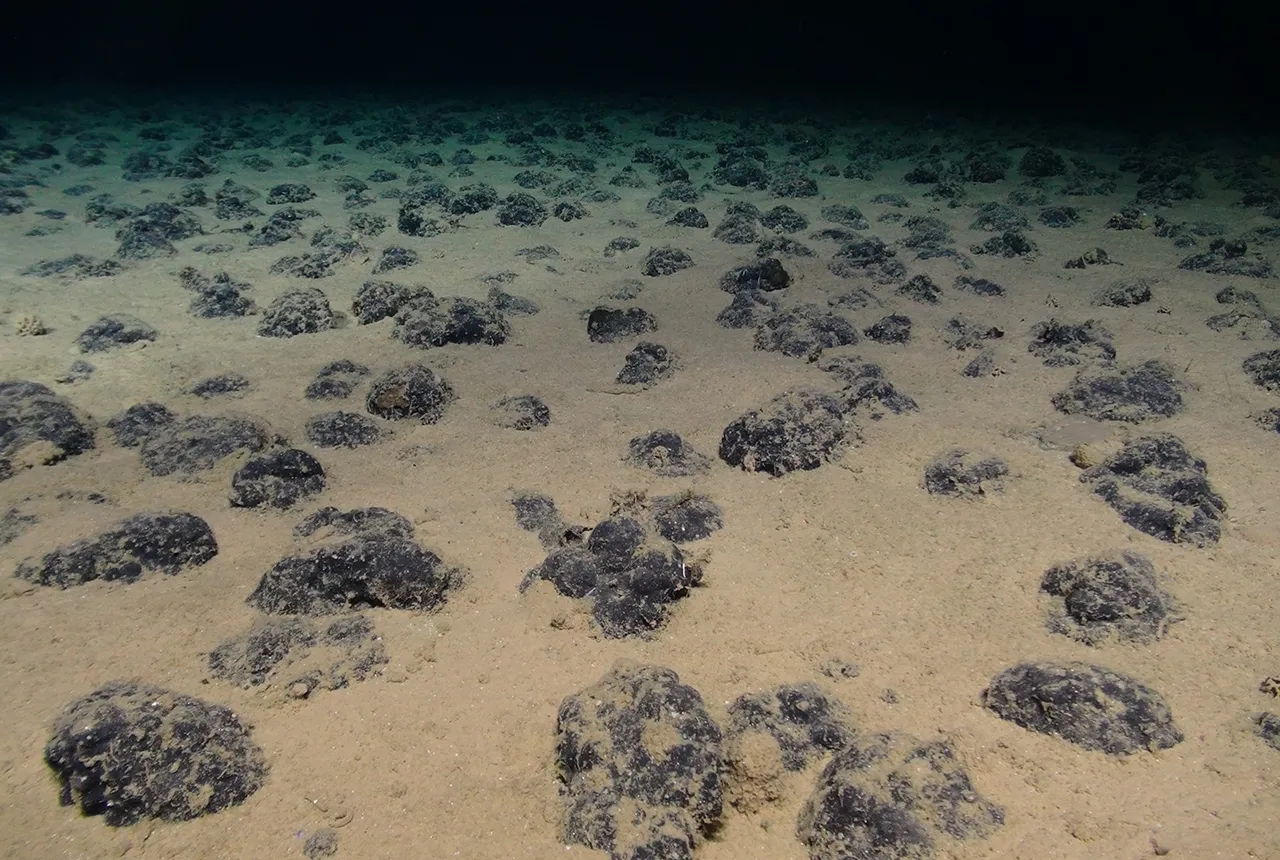
New study reveals long-term effects of deep-sea mining and first signs of biological recovery
27/03/2025
BGS geologists were involved in new study revealing the long-term effects of seabed mining tracks, 44 years after deep-sea trials in the Pacific Ocean.
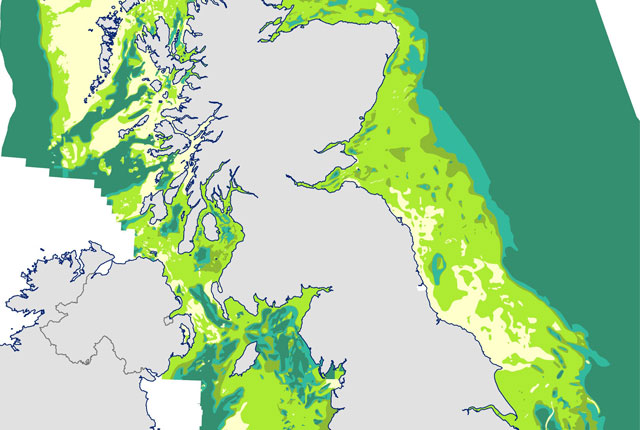
Seabed geology data: results from stakeholder consultation
31/01/2025
BGS collected valuable stakeholder feedback as part of a new Crown Estate-led initiative to improve understanding of national-scale seabed geology requirements.
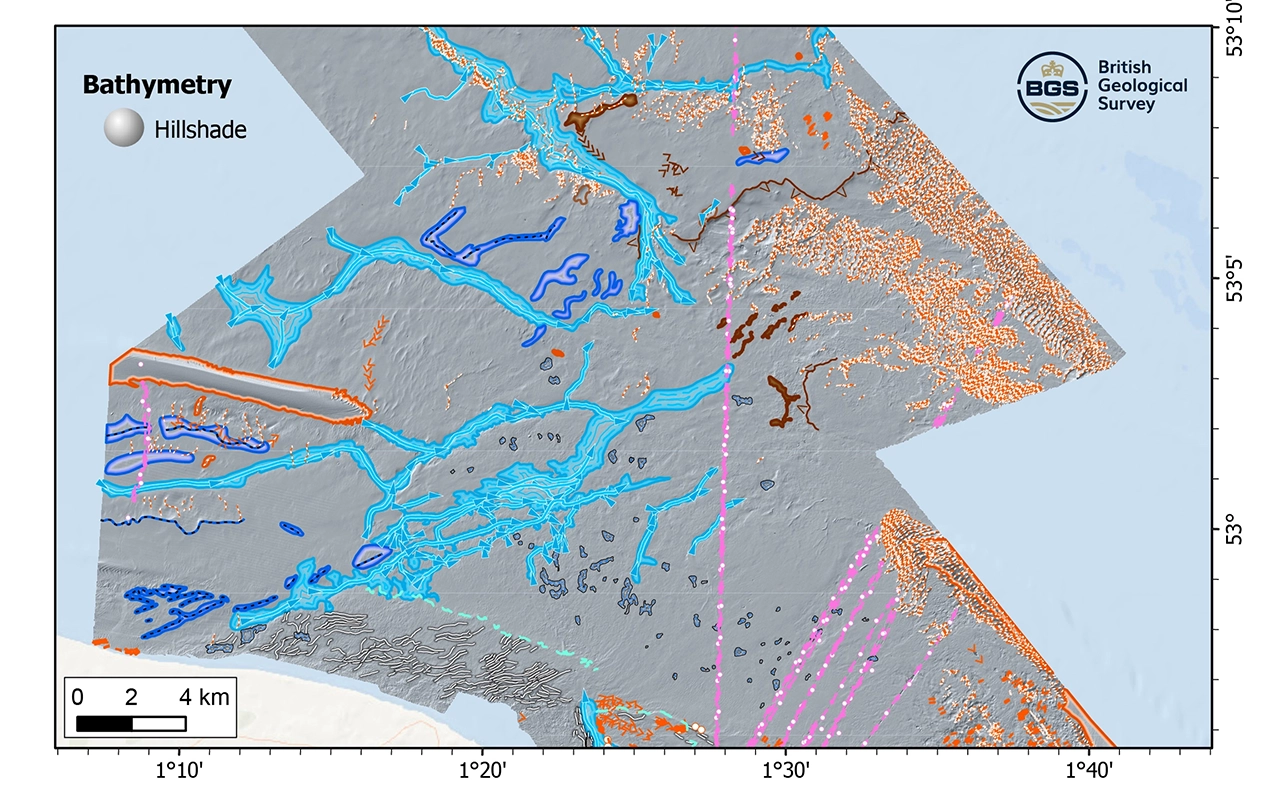
New research reveals the secrets of the seabed off the East Anglian coast
11/07/2024
New geological map will help in the hunt for new renewable energy opportunities whilst protecting delicate marine ecosystems.
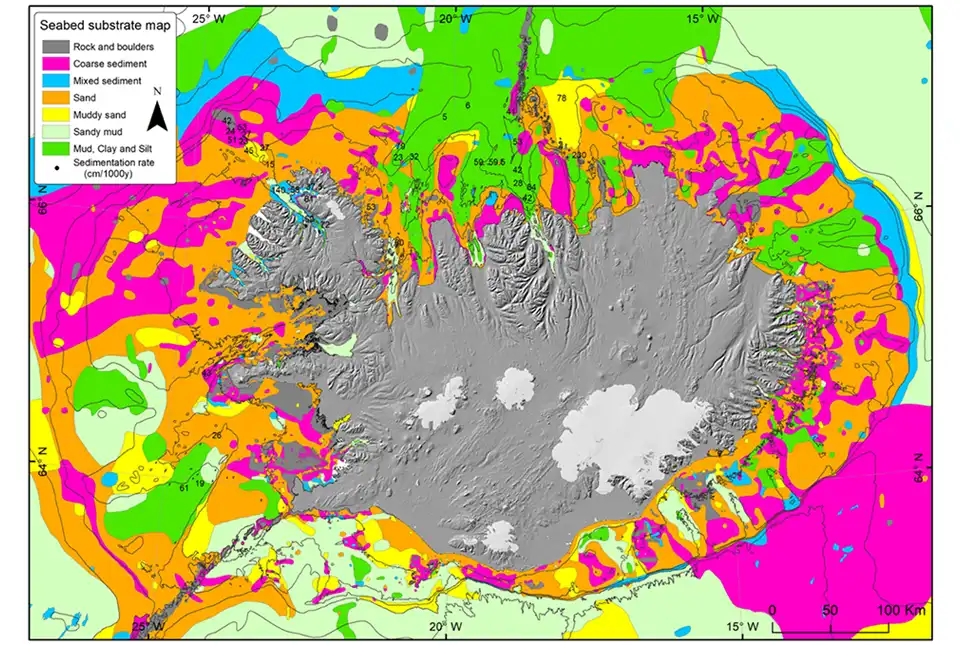
BGS awarded research grant to support potential offshore wind development in Iceland
13/05/2024
BGS has been awarded the NERC-Arctic grant for a collaboration project with Iceland GeoSurvey.
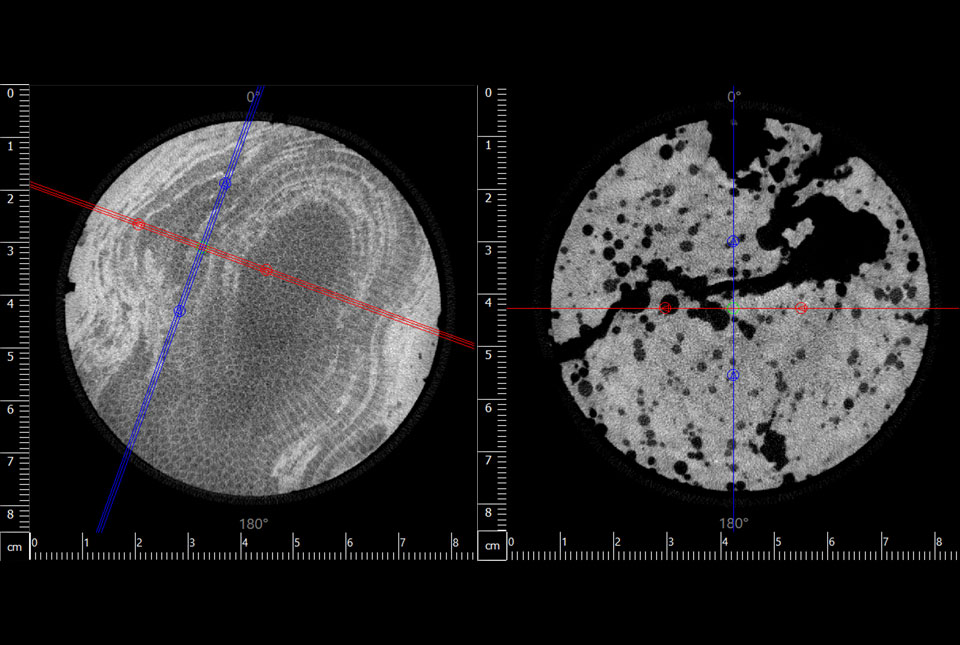
Largest CT core scan completed at the BGS Core Scanning Facility
09/05/2024
BGS has completed its largest CT core scan project to date, with around 400 m of core imaged for the IODP Drowned Reefs project.
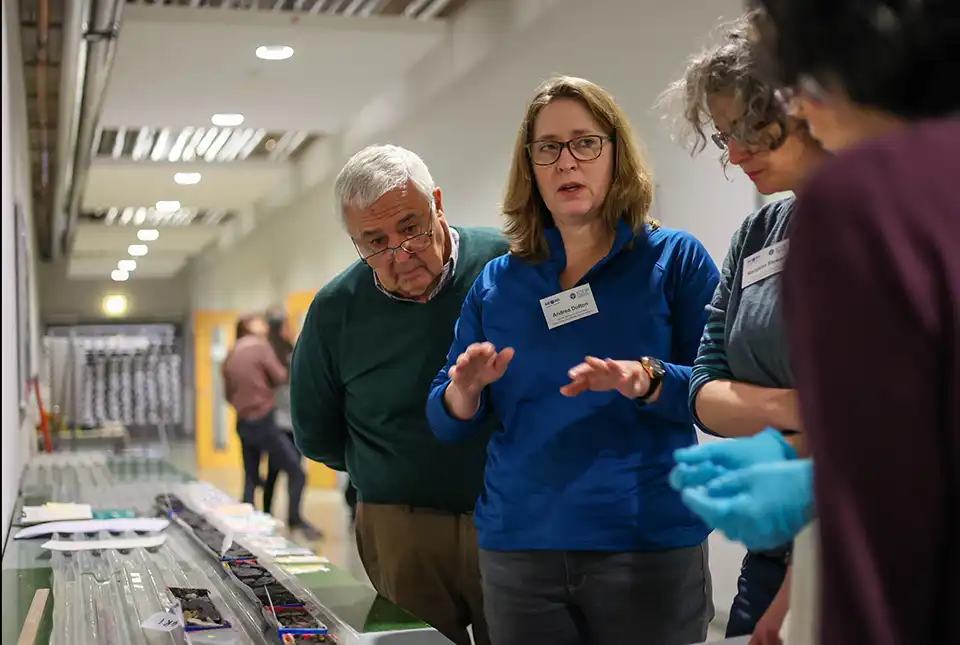
Scientists produce first record of environmental data off coast of Hawai’i
01/03/2024
An international team of researchers, including BGS geoscientists, have succeeded in acquiring a continuous record of environmental data using fossilised coral from Hawai’i.
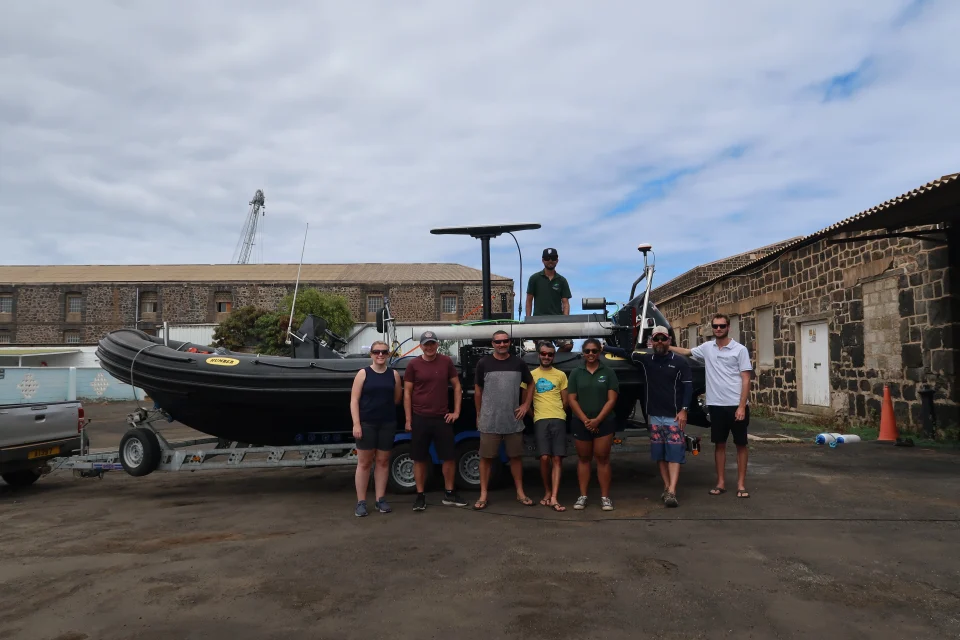
In photos: marine surveying a remote volcanic island
14/12/2023
A photo blog by members of the BGS Marine Survey team, who recently completed marine surveys around Ascension Island in the South Atlantic Ocean.
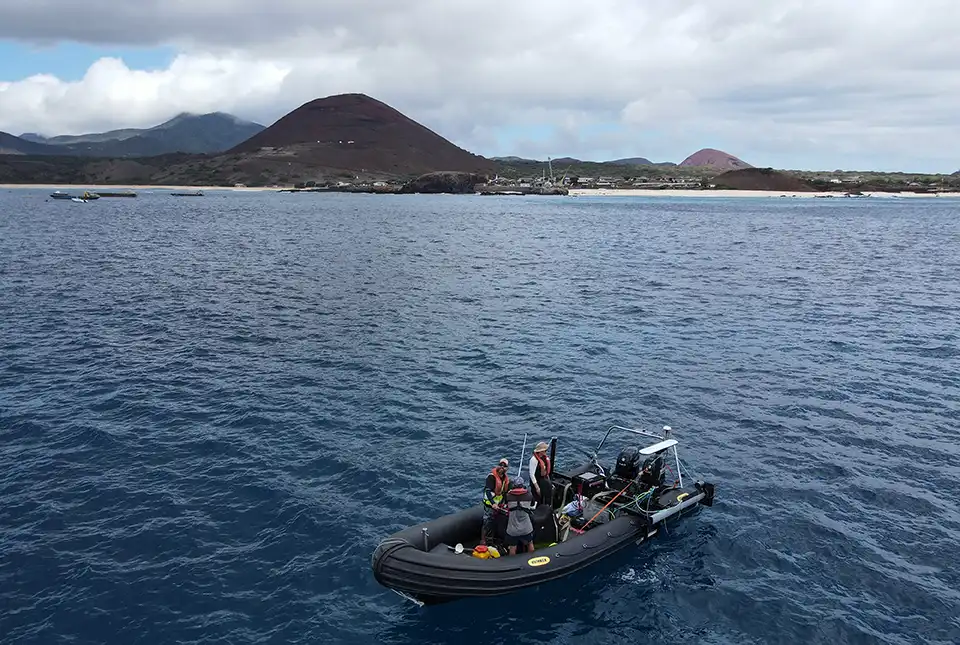
BGS completes first mapping expedition to Ascension Island
11/12/2023
BGS marine geoscientists travelled to Ascension Island to support its government with an ongoing, conservation-driven mapping programme.
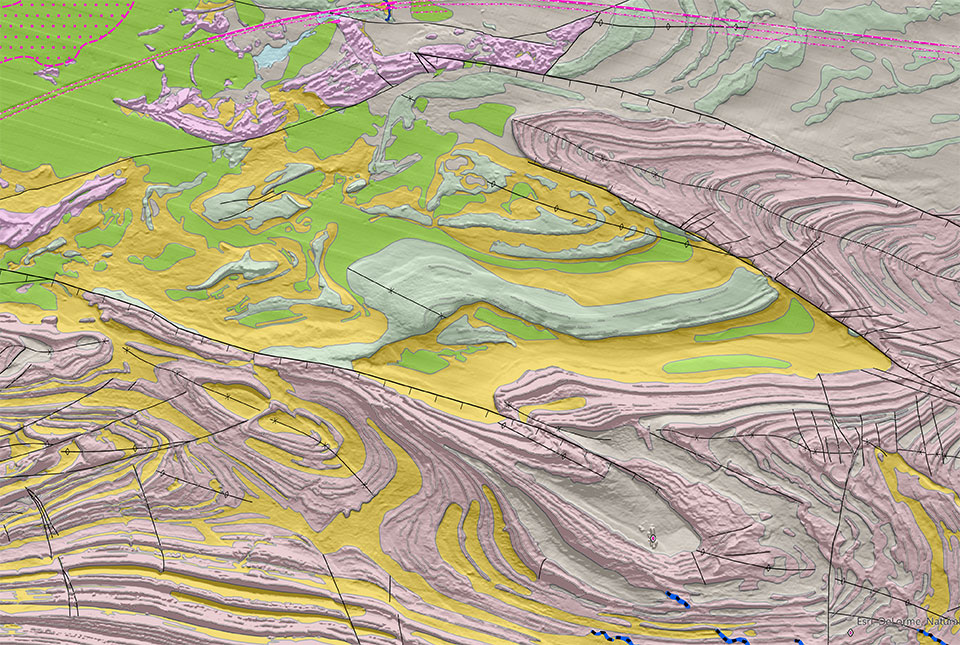
Industry-leading data sharing partnership announced
02/11/2023
A data sharing partnership has been agreed between BGS and Ossian, allowing BGS to advance its knowledge of the rock and soil conditions under the seabed.
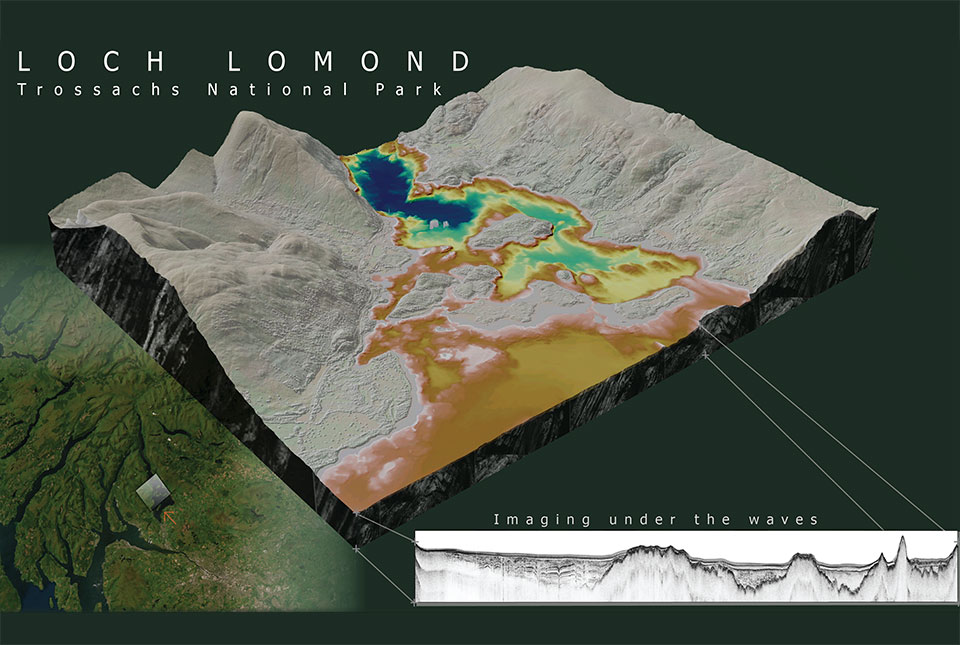
What lies beneath Loch Lomond?
17/10/2023
BGS geoscientists have visualised what lies beneath the waves of Loch Lomond, revealing an image of the loch bed and various sedimentary features of the subsurface.




